Where does the sweetness in coffee come from? what does it have to do with hand-made coffee? why can't you drink it sweet?
Professional coffee knowledge exchange more coffee bean information please follow the coffee workshop (Wechat official account cafe_style)
Guide reading
When buying coffee beans every day, you will often see sweet descriptions such as honey, sugar and caramel in the flavor bar. But the strange thing is that some people can feel the sweetness of the same coffee bean, while others can't! What is the reason for this? Where do these delightful sweetness come from?
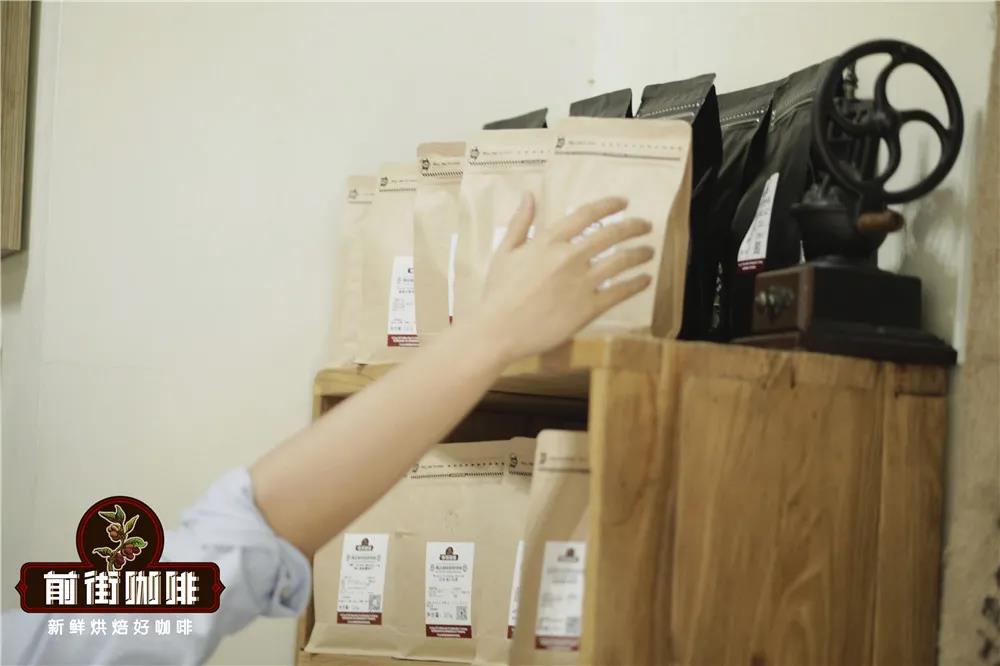
What is sugar?
Carbohydrates (sugars) are divided into monosaccharides, disaccharides and polysaccharides, accounting for about 50% of the weight of raw coffee beans.
Monosaccharides are the simplest sugars, soluble in water and sweet. Glucose, fructose, mannose, arabinose and galactose are all monosaccharides.
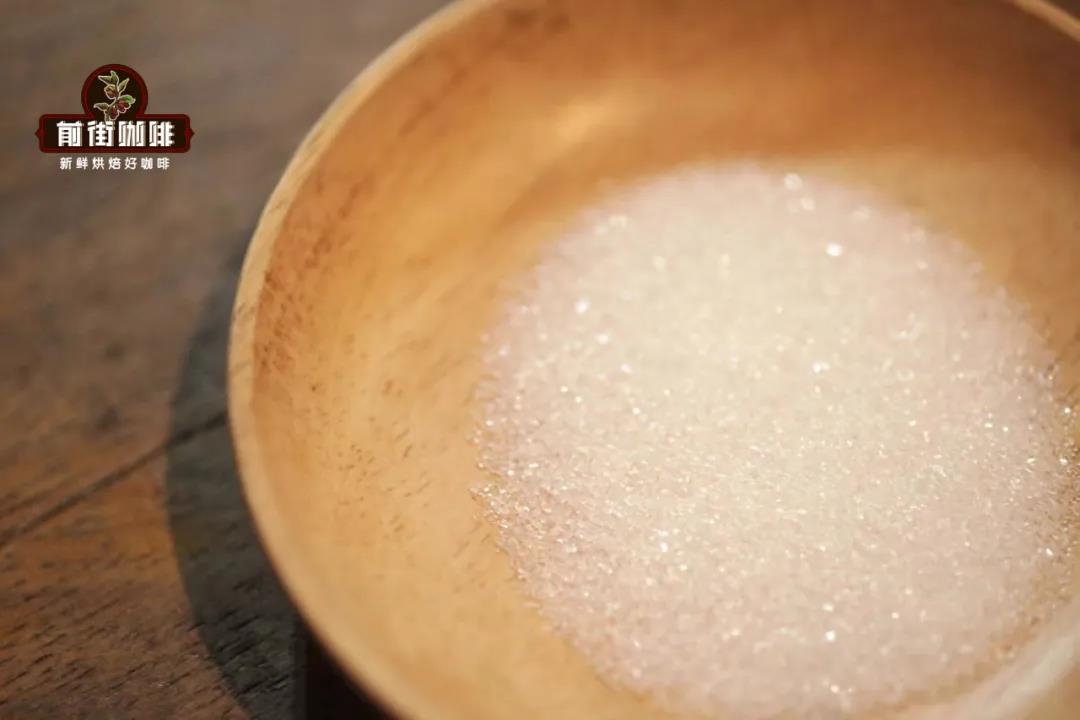
Disaccharides are formed by dehydration of two monosaccharide molecules, soluble in water and sweet. Sucrose, lactose and maltose are all disaccharides.
Polysaccharides, which are polymerized by more than ten monosaccharide molecules, are insoluble in water and have no sweet taste. they are the main components of lignocellulose in coffee beans.
What affects the sweetness of coffee beans?
Coffee variety
Let's take a look at the percentage of sugars in an Arabica and Robusta raw bean.
Arabica (raw bean)
Robusta (raw bean)
Polysaccharides
43% Mutual 45%
46.9% Mutual 48.3%
Monosaccharide
0.2% Mutual 0.5%
0.2% Mutual 0.5%
Disaccharide (sucrose)
6% 9%
3% Murray 5%
It can be seen from the data that the percentages of polysaccharides and monosaccharides of Arabica coffee beans and robusta coffee beans are more or less the same, and the only thing that can affect the sweetness of coffee is sucrose. The higher the sugar content, the better the flavor of the coffee, which explains why Arabica coffee beans taste much better than robista coffee beans.
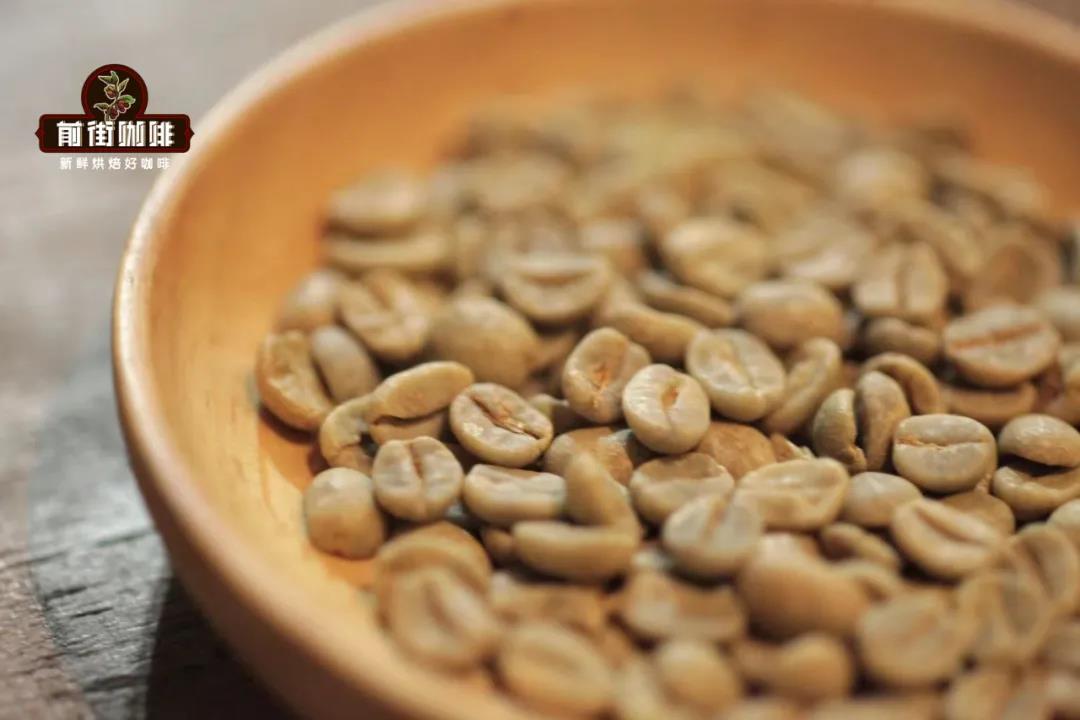
The second is the maturity of coffee berries. As the coffee fruit ripens, the sucrose content in the pulp and pectin parts will be higher, and by drying, the sugar will be transformed into the coffee core (coffee beans).
Coffee planting altitude
The higher the altitude, the greater the temperature difference between day and night, and the ripening time of coffee fruit will be prolonged. The warm sunlight during the day helps coffee fruits form sugar, while the cold at night reduces the respiration of coffee plants and reduces sugar consumption. The higher the altitude, the greater the temperature difference, the coffee fruit has a lot of time to form more sugar, so this is why the higher the altitude, the sweeter the coffee beans.
Coffee bean treatment
Different treatments can also affect the sweetness of coffee beans. Take water washing treatment and sun treatment as examples.
Washed coffee beans remove the peel and pulp and then put them into water for fermentation to remove pectin. Because of soaking in water, the germs of coffee beans are ready to digest the sugars stored in coffee beans and increase the content of amino acids in coffee beans, which is why the sour taste of washed coffee beans is more obvious and the taste is cleaner.

Sun-treated coffee beans are the whole peeled pulp pectin for sun-drying. in the process of drying, the moisture in the fruit will become less and less, inhibiting the imminent movement of the germ, and at the same time, the sugar in the pulp pectin will be slowly absorbed by the coffee beans. this is why the sun-treated coffee beans are sweeter and fuller.

Coffee bean roasting
The caramelization reaction in coffee roasting plays a very important role. Insufficient caramelization will make the coffee tasteless and dull, while excessive caramelization will make the coffee bitter. The caramelization reaction takes place at the baking temperature of 170205℃, which happens to be the temperature of the coffee bean explosion stage.
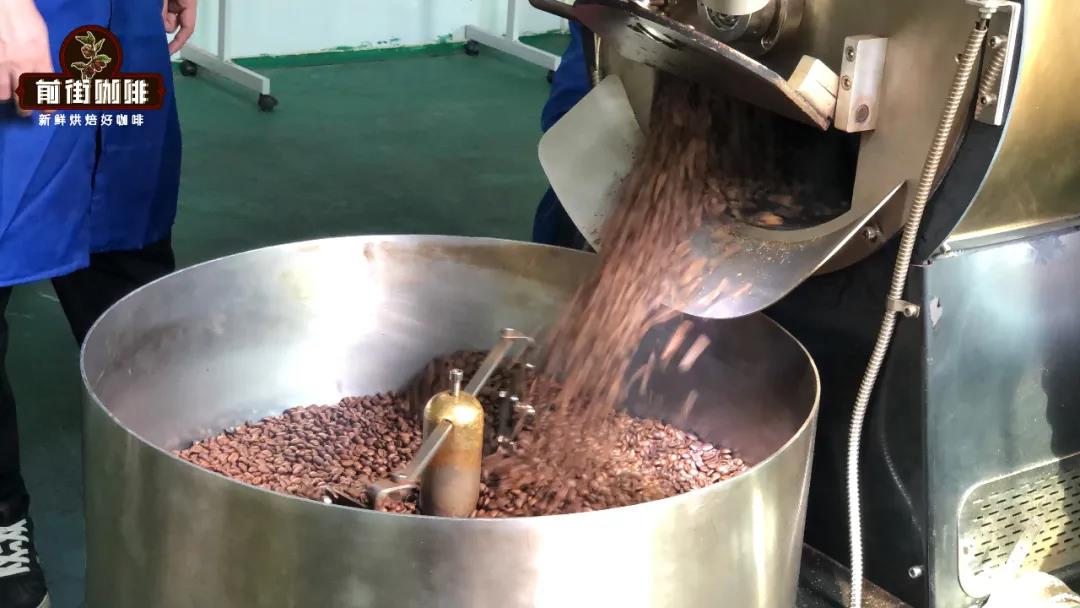
In the first explosion stage, coffee beans release moisture and carbon dioxide after sucrose dehydration, making the original colorless crystals of sucrose brown and form aromatic substances such as furan compounds at the same time. Furan compounds are the main components of coffee aroma, we can smell the charming coffee sweet, charred mostly from this substance.
Why can't everyone feel the sweetness of coffee?
After a series of Mena reaction and caramel reaction, the content of sucrose in roasted coffee beans is almost zero. So the sweetness described by the coffee flavor is actually an aromatic substance, not a flavor substance. If you really want to feel the sweetness of sucrose in coffee beans, you may have to eat raw beans.
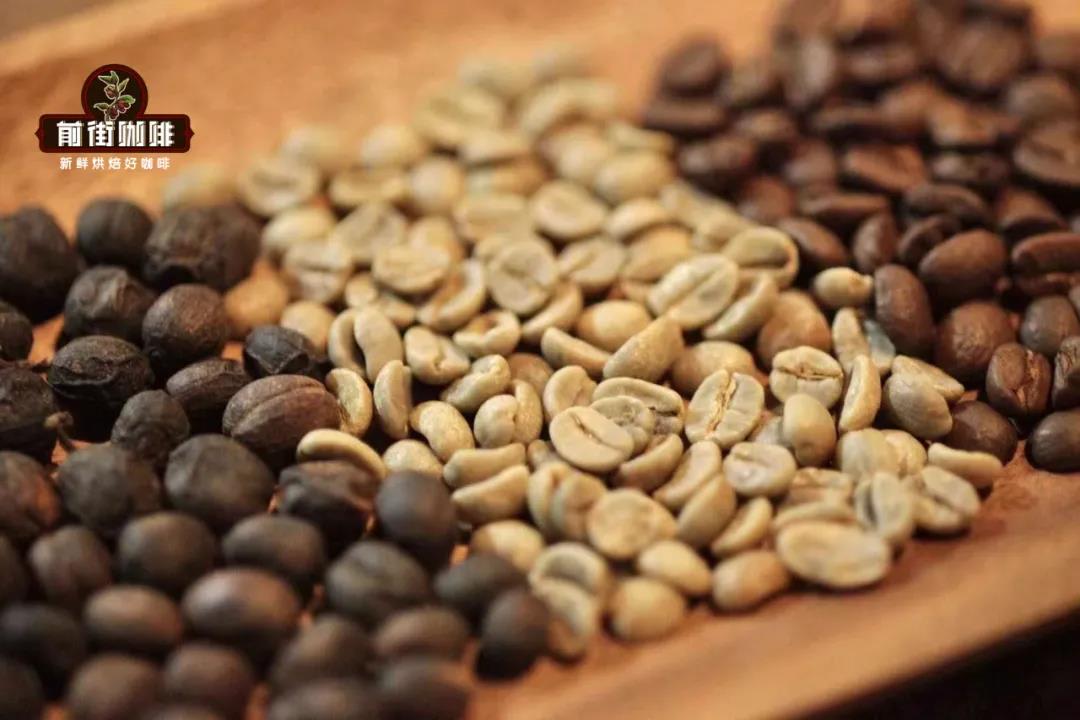
When a barista tests a coffee bean in a cup, he will judge the flavor of the coffee by two ways of smell, one is the sense of smell in front of the nose, the other is the sense of smell behind the nose.
The sense of smell before the nose refers to inhaling directly into the nasal cavity to feel the smell of the outside world. For example, after the coffee beans are ground into coffee powder, we can smell citrus, flowers, herbs and other aromas, or the aromatic vaporization substances that can be volatilized by high temperature, that is, we often talk about wet fragrance, such as fruit, tea, sweet and sour, and so on.
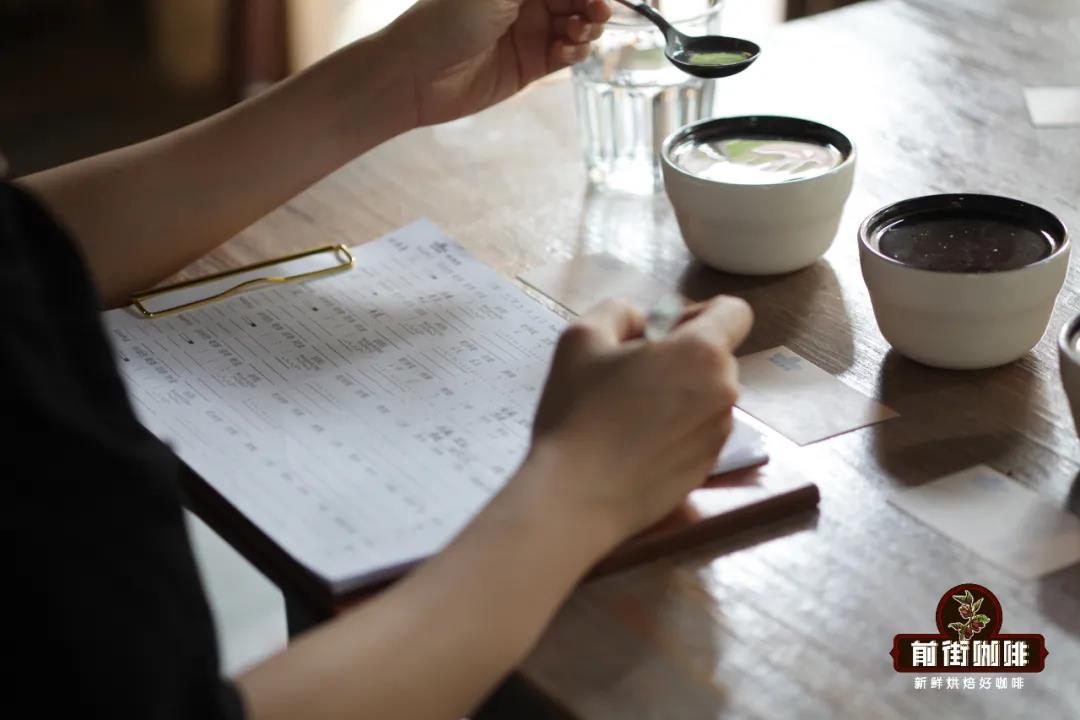
The sense of smell behind the nose is often mistaken for the taste of the tongue. The sense of smell behind the nose refers to the olfactory experience after the entrance of the coffee, which is catalyzed by saliva and released by the aroma gasification molecules hidden in the coffee oil and entered into the nasal cavity through the oral cavity. For example, chocolate, nutty and other caramelized fragrances are more obvious in the back of the nose.
But everyone's recognition of aromatic substances will be different, not everyone can feel the same aroma in the same cup of coffee.
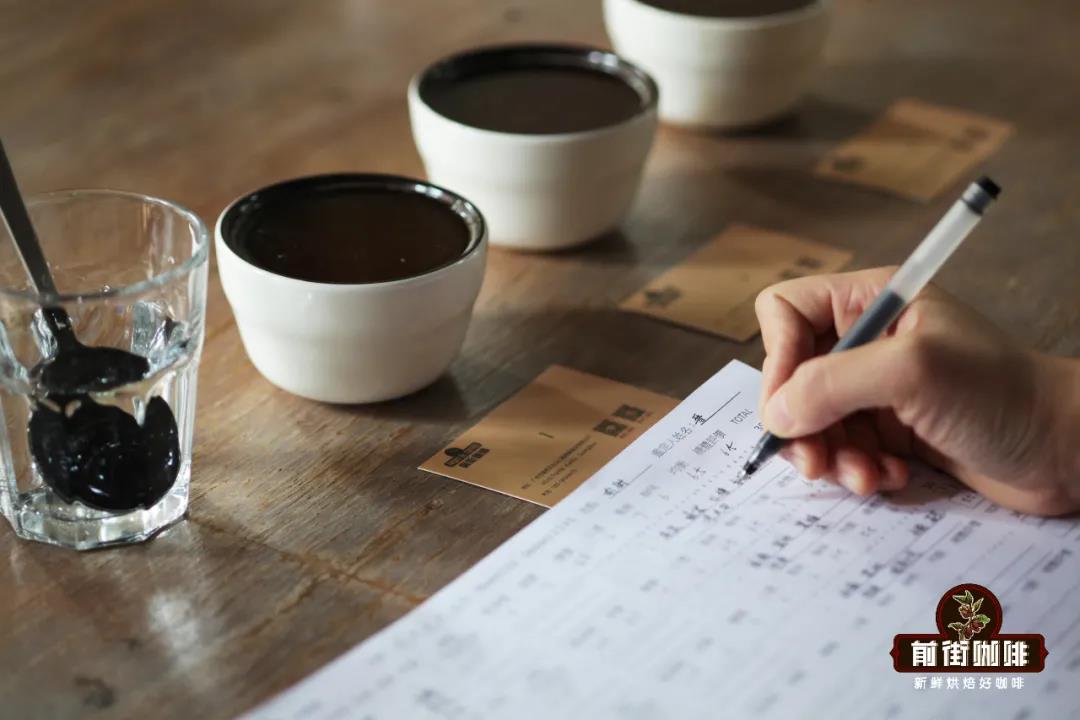
If you want to improve your recognition of sweet and aromatic substances, you can eat more sweet foods such as fruits and sweets. Close your mouth when swallowing, and then exhale through the nasal cavity to judge the sense of smell behind the nose, so as to improve your ability to recognize sweet smells.
For more boutique coffee beans, please add private Qianjie coffee on Wechat. WeChat account: kaixinguoguo0925
Important Notice :
前街咖啡 FrontStreet Coffee has moved to new addredd:
FrontStreet Coffee Address: 315,Donghua East Road,GuangZhou
Tel:020 38364473
- Prev
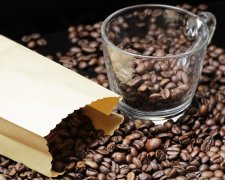
What is the "third wave" of coffee that you often hear? What is boutique coffee?
I believe everyone has heard of the third wave of coffee, and there are many friends who only know its name but do not know its meaning. Then Qianjie will use one article to popularize the third wave of coffee to everyone. Since you want to understand the third wave, it is very necessary to know what happened to the first wave and the second wave. The first wave of coffee: the popularization of coffee the first wave of coffee took place in the second.
- Next

How to choose coffee beans? What should I pay attention to when buying coffee beans? What do you think of fresh coffee beans?
Today, when the coffee market is booming day by day, more and more friends open the door of the coffee world and see that there are so many kinds of coffee beans. They can't help but sigh that this question is too difficult, I won't! The front street of this article will teach you how to choose coffee beans. The extraction method determines the type of coffee beans. At present, the two most common types of coffee beans in the coffee market are Italian coffee.
Related
- Beginners will see the "Coffee pull flower" guide!
- What is the difference between ice blog purified milk and ordinary milk coffee?
- Why is the Philippines the largest producer of crops in Liberia?
- For coffee extraction, should the fine powder be retained?
- How does extracted espresso fill pressed powder? How much strength does it take to press the powder?
- How to make jasmine cold extract coffee? Is the jasmine + latte good?
- Will this little toy really make the coffee taste better? How does Lily Drip affect coffee extraction?
- Will the action of slapping the filter cup also affect coffee extraction?
- What's the difference between powder-to-water ratio and powder-to-liquid ratio?
- What is the Ethiopian local species? What does it have to do with Heirloom native species?

